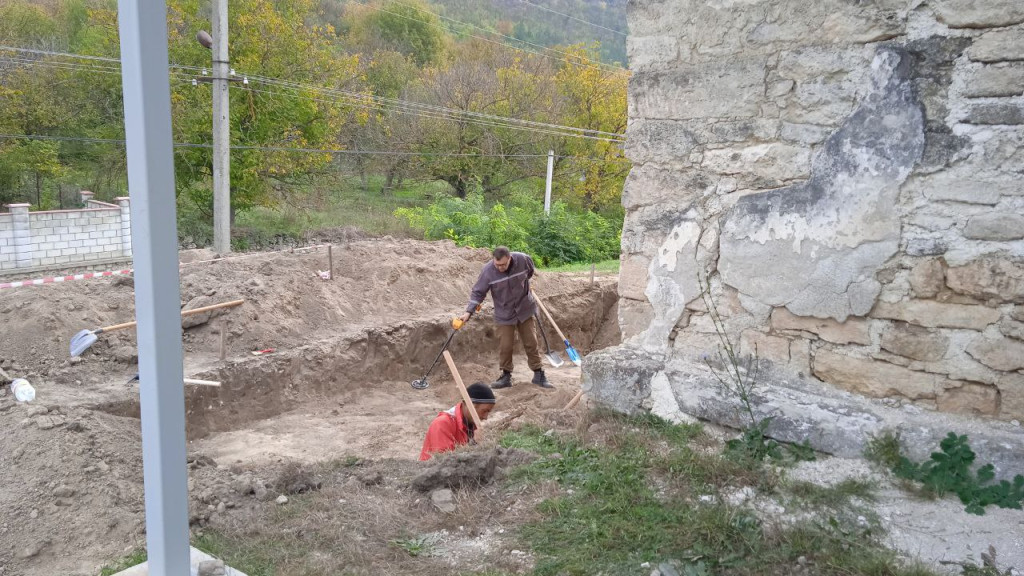On an abandoned hill in the Transnistrian village of Rashkov, among thorny bushes and stone debris, something happened in 2022 that immediately interested historians, Hasidim, and those who are simply not indifferent to their region. Here, under a layer of earth, an old tombstone was found with an inscription in Hebrew: "Rav Shabtai ben Zvi Hirsch of Rashkov." The unusual find stirred up not only the Jewish community - it became part of a larger, almost mystical story that began in the early 18th century.
Who is Rav Shabtai?
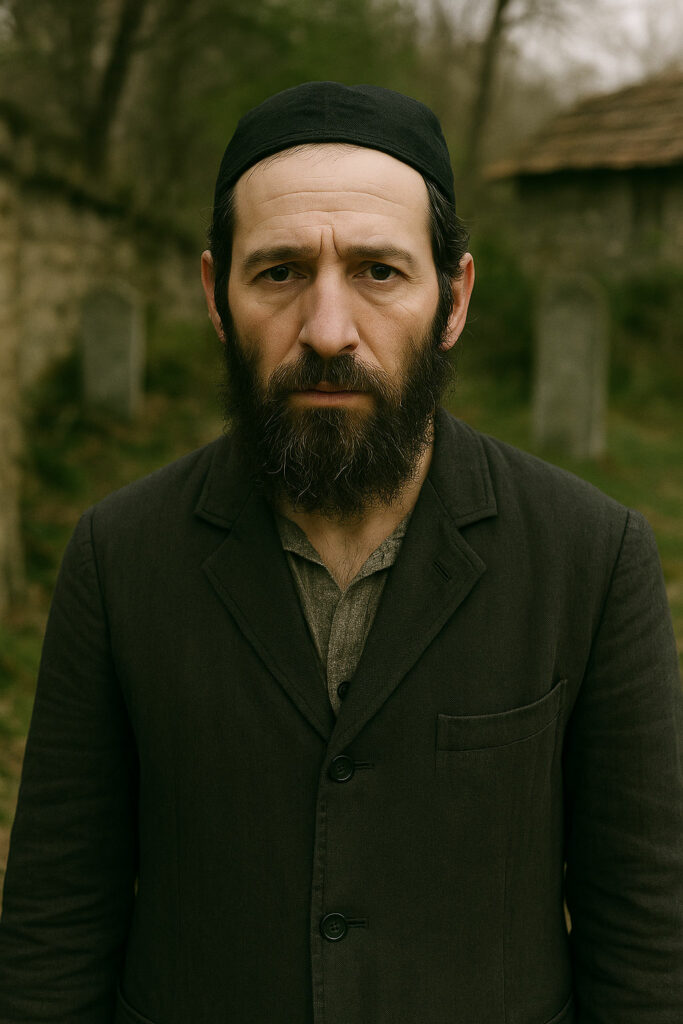
Shabtai of Rashkov is a name that is almost forgotten. He lived at the end of the 17th – first half of the 18th century. By origin, he was a local, from Podolsk, but in spirit, he was a man of the era of spiritual changes. It was a time when the Jewish world was recovering from the horror of the Khmelnitsky pogrom. People were looking for meaning, consolation, light. Shabtai, without being an official rabbi, became a spiritual mentor. A Kabbalist, scribe, author of a siddur (prayer book) based on the teachings of the Arizal (one of the greatest Jewish mystics of the 16th century) and, as is believed, on the personal lessons of the Baal Shem Tov (the founder of Hasidism).
To understand the depth of Shabtai's work, it's important to briefly explain Kabbalah. In the Jewish tradition, Kabbalah is a system of spiritual understanding of the world's structure, based on ancient texts (such as the Zohar). Kabbalah views the universe as a multilayered structure composed of spiritual worlds and divine forces (sefiroth). According to the Kabbalistic view, each person influences these worlds through their actions and prayers, and is capable of "correcting" (healing) spiritual reality.
His siddur was one of the first Hasidic prayer books. It not only described what to pray, but also explained why. It taught how each word lifted the soul through the invisible spiritual worlds of Assiah, Yetzirah, Beria, and Atzilut—the four levels of spiritual reality in Jewish Kabbalah. It was a “guide to heavenly engineering”—but written in language that the average Jew could understand.
Rashkov: crossroads of traditions and borders
In the 18th century, Rashkov was in the heart of Podolia, a land that changed hands between the Polish-Lithuanian Commonwealth, the Ottoman Empire, and Russia. Here, in the border zone, lived Moldovans, Russians, Ukrainians, and Jews. It was in such places that the Jewish tradition faced challenges and, at the same time, flourished.
Rashkov became the place where one of the first attempts to make Kabbalah accessible was born. Where a simple scribe dared to bring spiritual depths closer to the people. Where Hasidism began to take shape - even before the Baal Shem Tov made it a movement.
Where does the righteous rest?
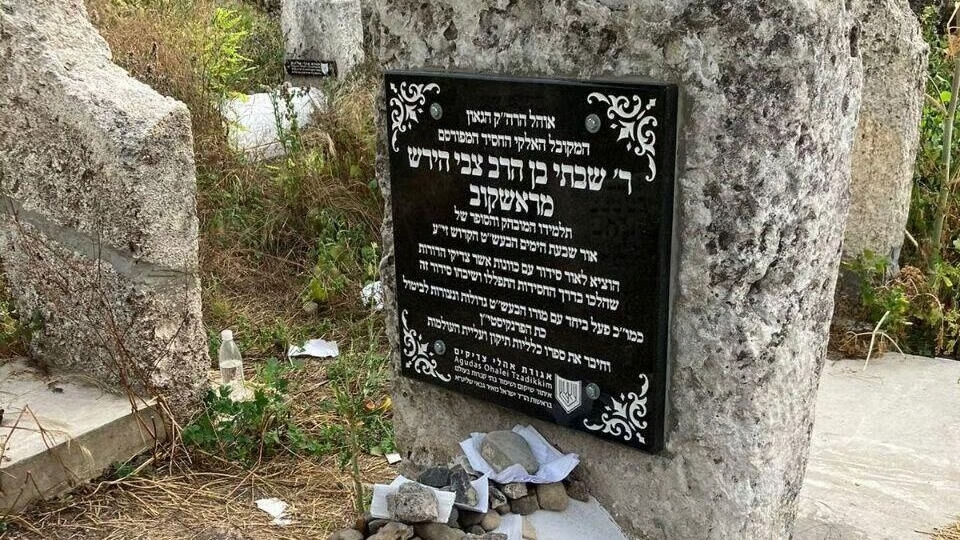
The location of Rabbi Shabtai's grave remained unknown for almost three centuries. But according to old Hasidic traditions and hints in letters, researchers assumed that he was buried in the old part of the Jewish cemetery in Rashkov.
It was only in 2022, while clearing overgrown areas, that the slab was discovered. The inscription was almost erased, the stone was lying face down. But when it was turned over, the name and genealogy spoke for themselves. Found.
Today, this grave is an object of pilgrimage. Not as a place of power, but as a point of contact with memory.
The mystery of the date of death
There is one oddity. On the slab where Shabtai's name is mentioned, the date of death is indicated as 17 Tevet 5560 (January 1800). But according to the testimonies of his students, genealogies and Kabbalistic reference books, Rabbi Shabtai died much earlier. Most likely, in 1745. The date of 1800 is a late insertion, perhaps from memory or from erroneous oral traditions.
This gap became the subject of research: rabbis, historians, and local historians argued until documents and context convinced everyone that 1745 was the closest to the truth.
Why this is important not only for Jews
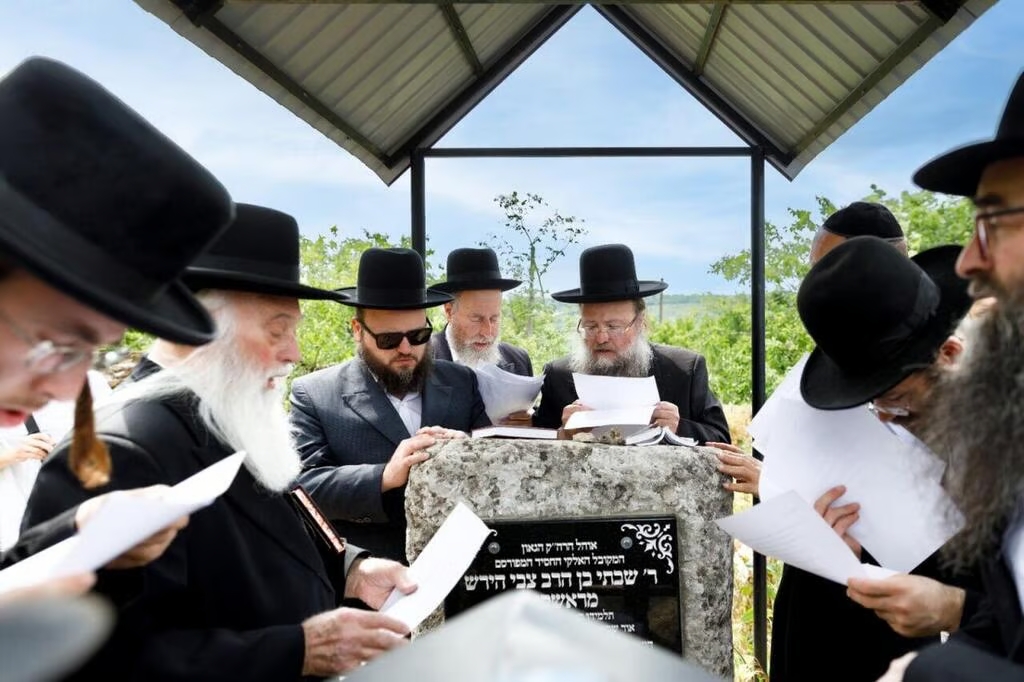
The story of Shabtai is not only part of Jewish memory. It is the story of Rashkov. The story of Transnistria. It is an example of how the fate of one person reflects the era: fear, spiritual search, humility and faith.
For locals, it is a reminder that their land is not only about wars and borders. It is a land where thinkers, poets, mystics lived. Where every hill can be a place of revelation.
Shabtai's role in history is not that he was famous. It is that he prayed, wrote, and believed in the power of inner light when there was darkness all around.
Afterword
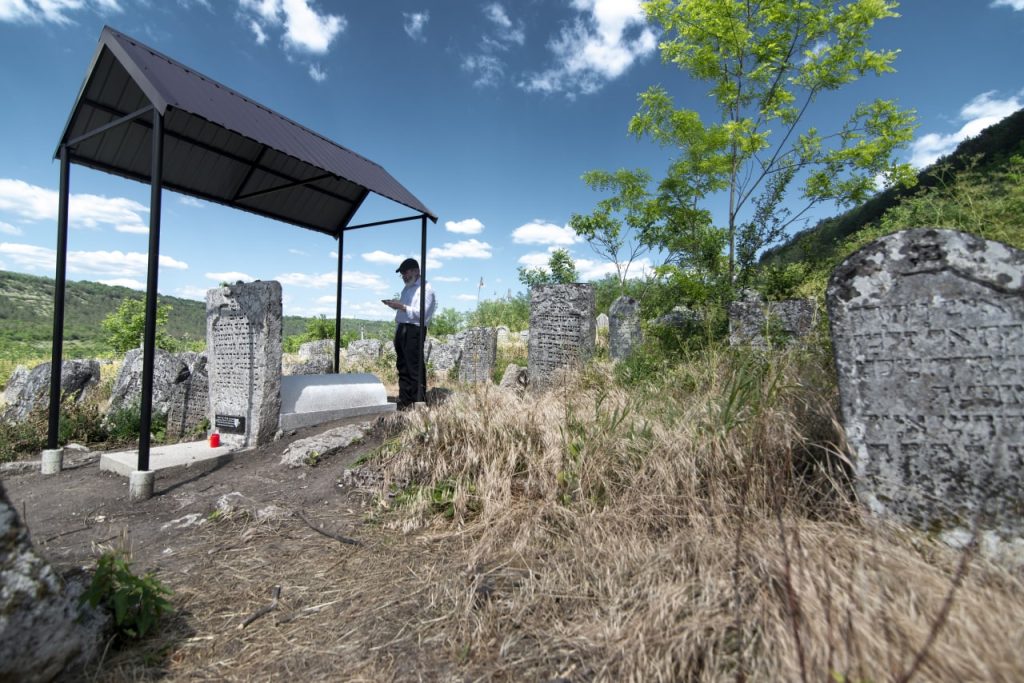
Today, the name of Rav Shabtai is heard again. His siddur is being republished. People pray at his grave. And in Rashkov, the words he spoke 300 years ago are heard: “Even a simple prayer changes the world.” And perhaps it was his prayers that brought this story back to us.
If you ever find yourself in Rashkov, climb the hill. There, among the grass and stones, you will understand a little better what real silence is.
Is it worth visiting his grave? It is. You don’t have to be Jewish to stop for a moment at this stone. Some will simply say “thank you.” Some will ask. Some will think about how little we need to feel connected to something greater.
In the Jewish tradition, there is a special belief in the power of prayer at the graves of the righteous. People come to them to ask not the dead, but to ask the Almighty, "in the merit" of the soul of a person who served truth and light during his life.
Such prayers are considered especially touching, as if the soul of the righteous person were adding his request to yours.
That's why Jews make pilgrimages. That's why rabbis come to Rashkov. Because there are places where prayer sounds different. And perhaps faster.
The story of the discovery of the grave of Rabbi Shabtai of Rashkov
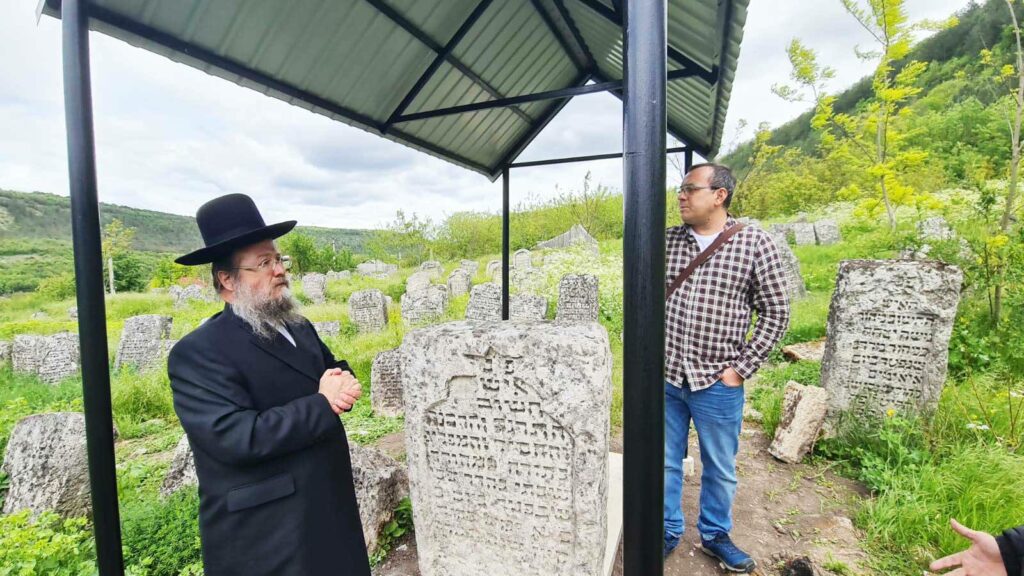
In 2021, on the initiative and entirely at the expense of the Chief Rabbi of Moldova, Pinchas Salzman, the clearing of the old Jewish cemetery in the village of Rascov began. The local administration supported the project by providing access to the site and assisting in organizing the work. The clearing was carried out manually, without the use of equipment or volunteers. The work was carried out by a limited number of local residents.
On behalf of the Jewish community of Tiraspol Yuri Kreichman coordinated interaction with the administration, recorded the process and analyzed the findings.
In the spring of 2022, an overturned and partially sunken gravestone was discovered. After cleaning it, an inscription was read mentioning the name of Rabbi Shabtai, son of Rabbi Zvi Hirsch of Rashkov. Rabbi Salzman, realizing the possible significance of the find, contacted the international organization Agudas Ohalei Tzadikim. The head of the organization, Israel Meir Gabay, personally arrived in Rashkov and confirmed the authenticity of the gravestone and the fact of identification. A black granite plaque with the Agudas Ohalei Tzadikim logo was installed on the matzevah, denoting the official recognition of the burial place as the resting place of the righteous.
Since then, the grave of Rabbi Shabtai has been considered identified and has become an object of remembrance and visitation.

